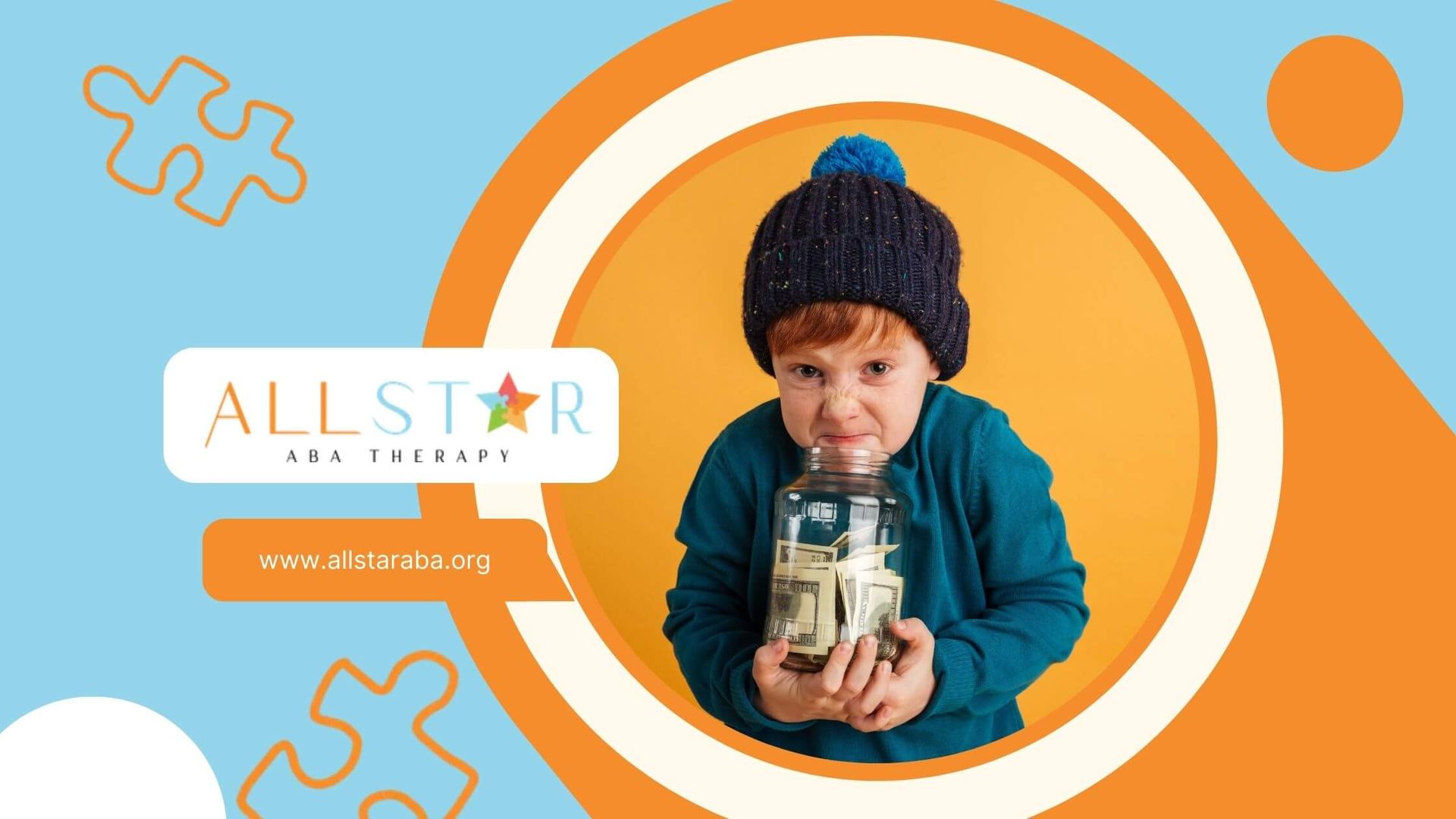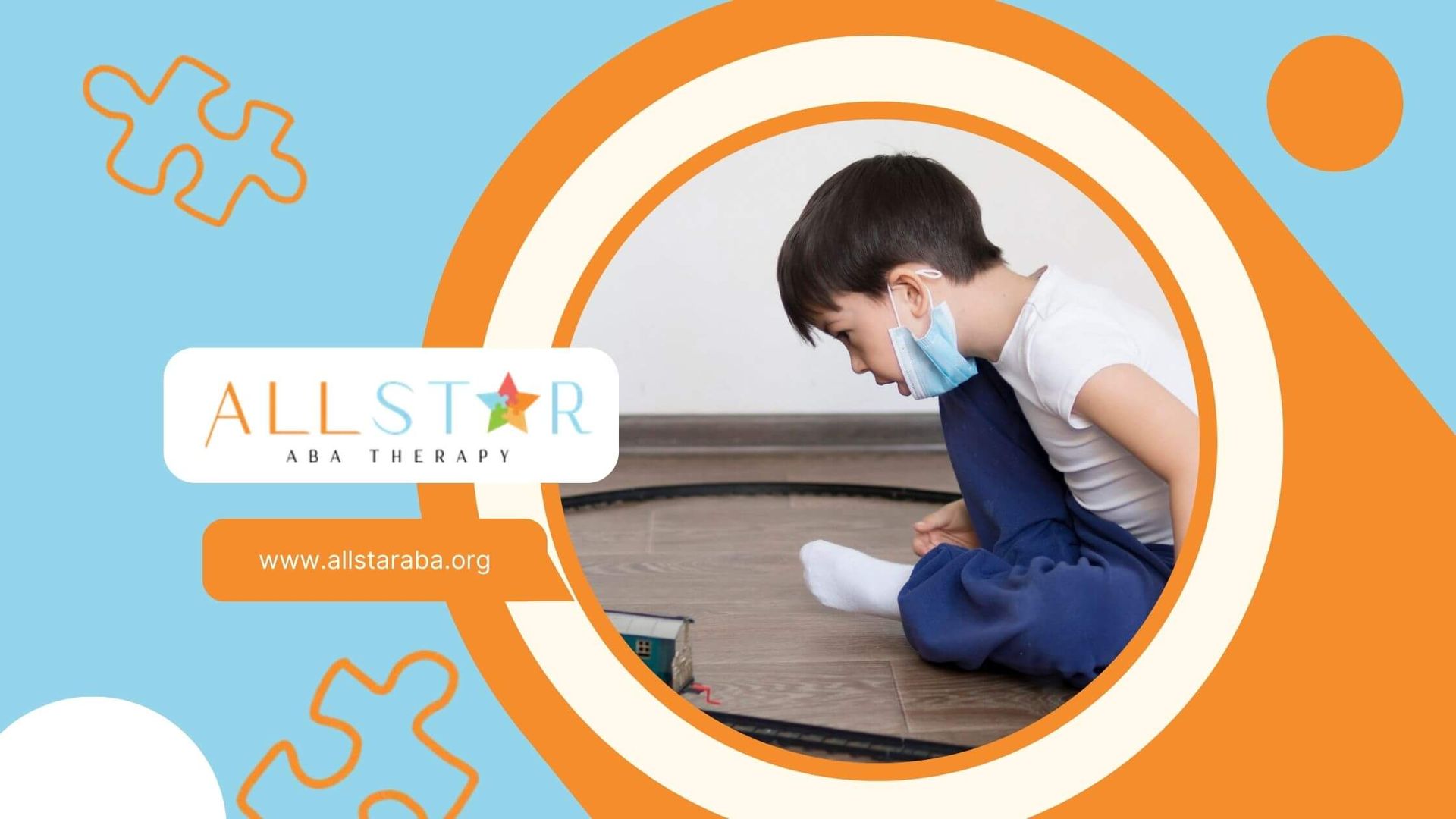New Paragraph
Autistic Child Biting: Causes, Prevention, and Effective Strategies
Understanding Autistic Child Biting
Biting is a common behavior among young children, but when an autistic child bites, it can be more frequent and intense. As a parent or caregiver, understanding the reasons behind this behavior is the first step toward managing and reducing it effectively.
In this guide, we’ll explore why autistic children may bite, how to prevent it, and strategies to address biting behavior in a positive and supportive manner.
Why Do Autistic Children Bite?
Biting can be a form of communication, self-regulation, or sensory seeking. Here are some common reasons why an autistic child might bite:
1. Communication Difficulties
Many autistic children struggle with verbal communication. If they cannot express frustration, pain, or needs through words, they may resort to biting as a way to get attention or convey their emotions.
2. Sensory Processing Issues
Some autistic children have heightened or reduced sensory sensitivity. Biting may provide sensory input that feels calming or stimulating. For children with oral sensory-seeking behaviors, biting objects or people can be a way to self-regulate.
3. Emotional Dysregulation
An autistic child might bite when overwhelmed with emotions such as frustration, anxiety, or excitement. When they lack coping skills to regulate these emotions, biting becomes a quick but ineffective way to release tension.
4. Pain or Discomfort
Children who are teething, experiencing gastrointestinal discomfort, or dealing with other physical pain might bite as a way to soothe themselves. Because some autistic children have difficulty identifying or expressing physical discomfort, biting may be their way of coping.
5. Attention-Seeking Behavior
If a child notices that biting leads to a reaction from caregivers or peers, they may continue to do it as a way to gain attention—whether positive or negative.
6. Behavioral Reinforcement
If biting has resulted in the child getting what they want in the past—such as avoiding an unpleasant task or receiving a preferred item—they may continue the behavior as a learned response.
How to Prevent Biting in Autistic Children
While biting can be distressing, there are proactive strategies to prevent it from happening:
1. Identify Triggers
Observing your child’s behavior before they bite can help you identify patterns. Are they biting when frustrated? Overwhelmed? Hungry? By recognizing triggers, you can intervene before the biting occurs.
2. Teach Alternative Communication Methods
If your child bites due to communication difficulties, introducing alternative ways to express needs can help. Some effective methods include:
- Sign language
- Picture Exchange Communication System (PECS)
- Augmentative and Alternative Communication (AAC) devices
- Social stories to teach appropriate responses
3. Offer Sensory Alternatives
If your child bites for sensory stimulation, providing appropriate alternatives can help. Some options include:
- Chewable necklaces and bracelets
- Crunchy or chewy foods
- Teething toys
4. Teach Emotional Regulation Skills
Helping your child recognize and manage emotions can reduce biting incidents. Some strategies include:
- Using a calm-down corner with sensory items
- Teaching deep breathing or relaxation techniques
- Encouraging self-expression through drawing, music, or movement
5. Reinforce Positive Behavior
Praise and reward your child when they express their needs appropriately. Reinforcing positive behaviors through praise, tokens, or preferred activities can motivate them to continue using alternative strategies.
6. Establish Consistent Routines
Autistic children often thrive on routine. Creating predictable daily schedules can reduce anxiety and frustration, lowering the chances of biting due to uncertainty or stress.
How to Respond When Your Autistic Child Bites
Despite preventive measures, biting may still happen. Here’s how to respond effectively:
1. Stay Calm
Your immediate reaction sets the tone. Avoid yelling or reacting aggressively, as this can escalate the situation. Instead, use a firm but calm voice to say, "Biting hurts. We don’t bite."
2. Redirect Immediately
After addressing the behavior, redirect your child to an alternative activity. If they are biting for sensory input, offer a chewable toy. If they are frustrated, guide them toward using a communication tool.
3. Provide a Safe Space
If your child bites due to emotional overload, removing them from the triggering environment and allowing them to calm down in a quiet, sensory-friendly space can be beneficial.
4. Use Social Stories
Social stories help autistic children understand appropriate behaviors in different situations. Creating a simple story about what to do instead of biting can reinforce alternative behaviors.
5. Seek Professional Guidance
If biting is persistent and challenging to manage, working with professionals such as an ABA therapist, speech therapist, or occupational therapist can provide individualized strategies.
When to Seek Additional Support
While occasional biting can be a normal part of development, frequent or intense biting that leads to injuries or social difficulties may require additional support. Consider seeking help if:
- Biting happens daily or multiple times a day
- Your child struggles to control their impulses despite interventions
- The behavior interferes with social interactions at school or home
- Biting is accompanied by self-injurious behaviors
A professional, such as an ABA therapist, can assess your child’s behavior and create a customized intervention plan to reduce biting while promoting positive communication and self-regulation skills.
Conclusion
Biting in autistic children is often a way of communicating needs, regulating emotions, or seeking sensory input. By identifying triggers, providing alternative strategies, and reinforcing positive behaviors, parents and caregivers can help reduce biting incidents.
If you need additional support in managing biting behavior, All Star ABA offers individualized therapy programs that focus on communication, emotional regulation, and behavior management. Our experienced therapists can help your child develop the skills needed to replace biting with healthier coping mechanisms. Contact us today to learn more about our ABA therapy services!
Frequently Asked Questions
How can I stop my autistic child from biting others?
To reduce biting, identify triggers, teach alternative communication methods, provide sensory alternatives, and reinforce positive behaviors. If biting persists, seeking guidance from an ABA therapist can be beneficial.
Should I punish my autistic child for biting?
Punishing an autistic child for biting is not recommended. Instead, use positive reinforcement, redirection, and communication strategies to help them learn alternative behaviors.
What should I do if my autistic child bites themselves?
If your child bites themselves, assess whether they are seeking sensory input, in pain, or experiencing distress. Providing sensory chew toys, using calming techniques, and consulting with an occupational or ABA therapist can help address the behavior.
Sources:
- https://www.autismspeaks.org/sensory-issues
- https://pmc.ncbi.nlm.nih.gov/articles/PMC10544895/
- https://www.autismparentingmagazine.com/attention-seeking-behavior-autism/
- https://pubmed.ncbi.nlm.nih.gov/6927693/
- https://www.pbs.org/parents/thrive/helping-children-with-autism-connect-with-emotions
Need Support?
We're Here to Help!
Our experienced team is ready to assist you. Reach out today to discuss how we can support your child's development and well-being.
Get started with expert ABA therapy today.








